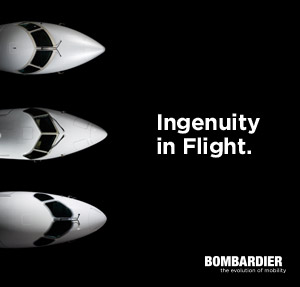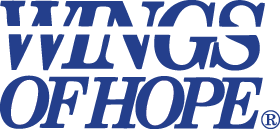Raytheon Technology to Assist in Hunt for Ice on Moon
Written by thomas · Filed Under Aeronautics NewsOctober 22, 2008
| Raytheon technicians prepare the Forerunner miniaturized radio frequency antenna for thermal vacuum testing, which mimics the extreme conditions encountered in space, at the company’s Space Manufacturing Center of Excellence in El Segundo, Calif. The mini-RF system was integrated onto the India’s Chandrayaan-1 spacecraft and launched into orbit Oct. 22. (PRNewsFoto/Raytheon Company) EL SEGUNDO, CA UNITED STATES |
EL SEGUNDO, Calif., Oct. 22, 2008 /PRNewswire/ — Sensing technology
developed by Raytheon Company (NYSE: RTN) will help to determine whether
the polar regions of the moon contain ice.
The Forerunner miniaturized-radio frequency system was delivered by
Johns Hopkins University Applied Physics Laboratory to the Indian Space
Research Organization in March 2008, integrated onto the nation’s
Chandrayaan-1 spacecraft, and launched into orbit Oct. 22 from the Satish
Dhawan Space Center in Sriharikota, India.
Under contract to the U.S. Navy, Raytheon provided the antenna,
transmitter, analog receiver and software for the Forerunner mini-RF
system. The company also supplied system engineering and integration and
test support.
Raytheon provided similar modules and support under the same contract
for NASA’s Lunar Reconnaissance Orbiter program. The LRO spacecraft is
currently undergoing environmental testing and is scheduled for launch in
March 2009.
Raytheon’s work on the Forerunner program takes advantage of the
company’s experience in support of the Department of Defense’s
operationally responsive space initiative, which calls for smaller, less
expensive satellites that can provide scientific or tactical information on
an as-needed basis. Because of its low development cost and
miniaturization, the mini-RF technology provides a wealth of sensing
capabilities in a relatively inexpensive and easily adapted platform.
“The responsive space concept holds great promise for many kinds of
future missions, and Raytheon is proud to extend its leading role in that
future with the mini-RF payloads,” said Brian Arnold, vice president for
Space Systems. “We’re excited to be applying the lessons from our
experience in operationally responsive space to these important lunar
exploration projects.”
Raytheon Company, with 2007 sales of $21.3 billion, is a technology
leader specializing in defense, homeland security and other government
markets throughout the world. With a history of innovation spanning 86
years, Raytheon provides state-of-the-art electronics, mission systems
integration and other capabilities in the areas of sensing; effects; and
command, control, communications and intelligence systems, as well as a
broad range of mission support services. With headquarters in Waltham,
Mass., Raytheon employs 72,000 people worldwide.
» Próximo Post - Key Flight Software Delivered for Missile Warning Satellite Built by Lockheed Martin
« Post Aneterior - Finmeccanica Completes Acquisition of DRS Technologies for 5.2 billion U.S. dollars
Comments
¿Tiene algo que decir?
You must be logged in to post a comment.







